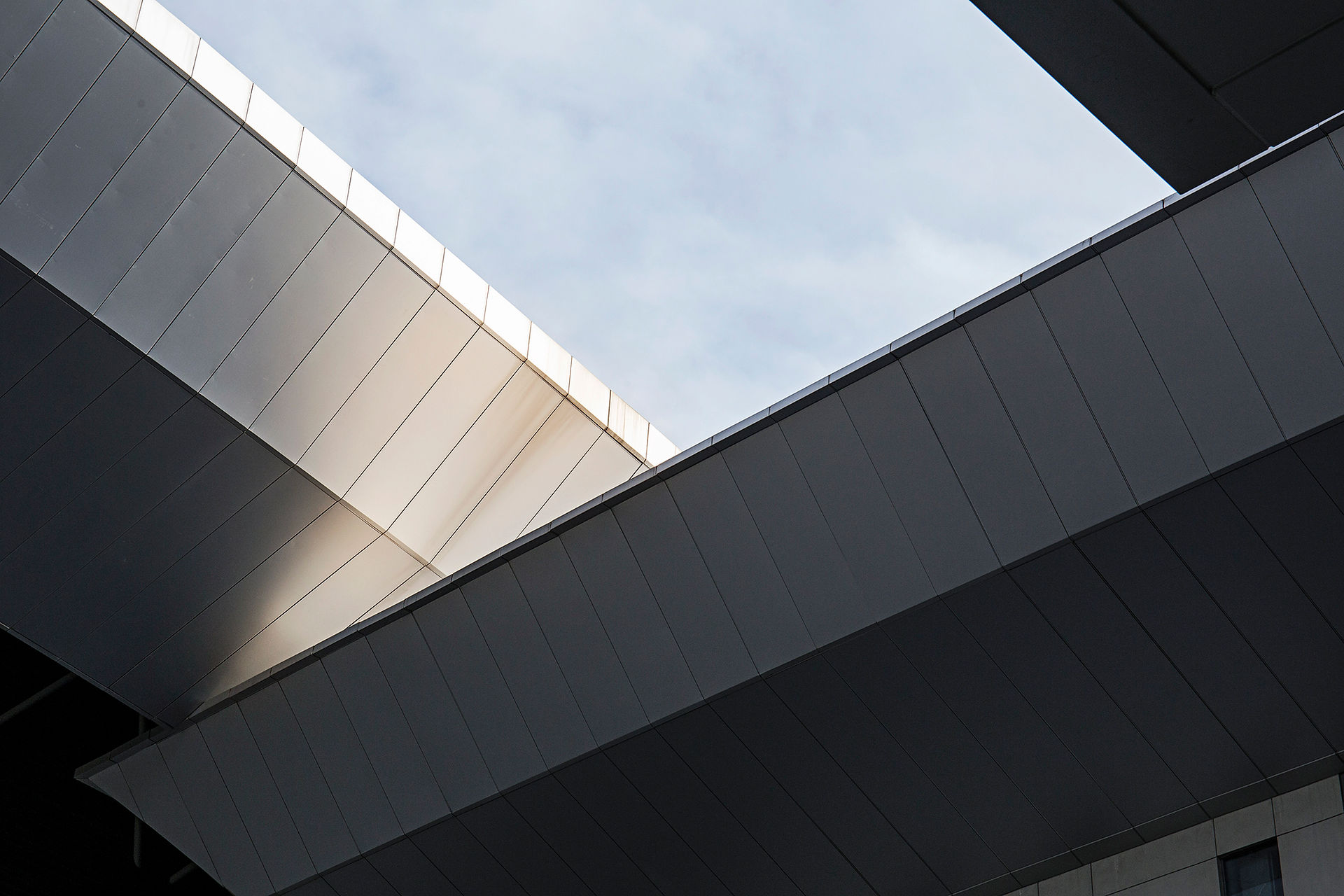
Prefabrication and Modular Construction in Australia: 2025 Industry Roundup
- Jan Lienemann

- Apr 1, 2025
- 3 min read
Updated: Apr 6, 2025
Australia’s construction industry is rapidly evolving in 2025, with prefabrication and modular construction becoming key solutions for addressing housing shortages, affordability challenges, and sustainability goals. The Australian government, major builders, and financial institutions are now embracing offsite construction methods to streamline housing delivery.
This comprehensive industry roundup explores the latest news, government initiatives, expert insights, financial backing, and future trends shaping Australia’s prefab housing market.
Government Initiatives and Investments in Prefabrication
The Australian government has pledged $54 million to boost the prefabricated and modular housing industry, aiming to cut construction times and reduce costs. This initiative supports the goal of building 1.2 million homes by 2029 and improving national housing affordability.
Announced at Fleetwood Australia’s Smithfield facility, this funding highlights the government’s push for prefabrication to become a mainstream housing solution. Plans include fast-tracking approvals and establishing a national prefab certification system.
While the funding is a positive step, critics argue that state planning delays and regulatory bottlenecks remain major roadblocks. Without reforming zoning laws and streamlining prefab approvals, the impact of this funding may be limited.
Industry Perspectives & Challenges
Why has prefab housing not taken off as expected? Industry experts point to outdated regulations, land supply issues, and consumer scepticism. However, 2025 marks a turning point, with greater financial and government support.
Australia’s largest home builder, Metricon, argues that planning system inefficiencies are a bigger issue than construction speed. They call for emergency reforms to fast-track prefab housing projects.
Despite prefab’s benefits, some Australian families remain hesitant. Concerns include durability, long-term value, and resale potential. Addressing these concerns through education and case studies will be key.
Financial Sector Support for Prefabrication
CBA is now offering financing solutions for prefab homes, making them more accessible to homeowners and developers. This move signals increasing confidence from the financial sector in modular construction.
With government funding, industry adoption, and financial support increasing, experts predict Australia’s prefab housing market will expand rapidly in the next five years.
Zen Haus Group Insights & Internal Resources
The Future of Prefabricated Housing in Australia – Explore how Zen Haus Group is leading prefab innovation.
Why Prefabricated Homes are More Sustainable – Learn how prefab construction reduces waste and improves energy efficiency.
Project Spotlight: Luxury Prefab Homes in Sydney – A showcase of Zen Haus Group’s latest prefab home project.
What This Means for You
📌 For Homebuyers: Prefabricated homes offer a faster, more affordable, and sustainable alternative to traditional construction. As more banks support prefab financing, homeownership could become more accessible.
📌 For Developers & Investors: With faster build times and government incentives, prefabrication presents a lucrative opportunity. Partnering with established prefab suppliers like Zen Haus Group can help deliver cost-effective housing at scale.
📌 For Policymakers: While funding is a step in the right direction, planning reforms are essential to maximise prefab’s potential.
Future Outlook & Trends
Prefab Homes Will Be a Mainstream Option by 2030: With increasing adoption, prefabricated housing will become a key part of Australia’s housing market.
More Prefab Housing in Regional Areas: Government initiatives will drive modular home developments outside major cities, improving housing access in rural and regional areas.
Sustainability Will Be a Key Driver: Prefab construction will play a vital role in reducing Australia’s carbon footprint, with more energy-efficient designs and carbon-neutral prefab homes becoming the norm.
Final Thoughts: The Future is Prefabricated
With strong government backing, growing financial support, and technological advancements, prefabricated and modular homes are set to revolutionise Australia’s construction industry.
Are you ready to explore prefab solutions?Contact us at info@zenhaus.com.au to discover how modular construction can work for you.
📢 Share Your Thoughts!
Would you consider a prefab home? What are your biggest concerns? Drop a comment below or share this article!




Comments